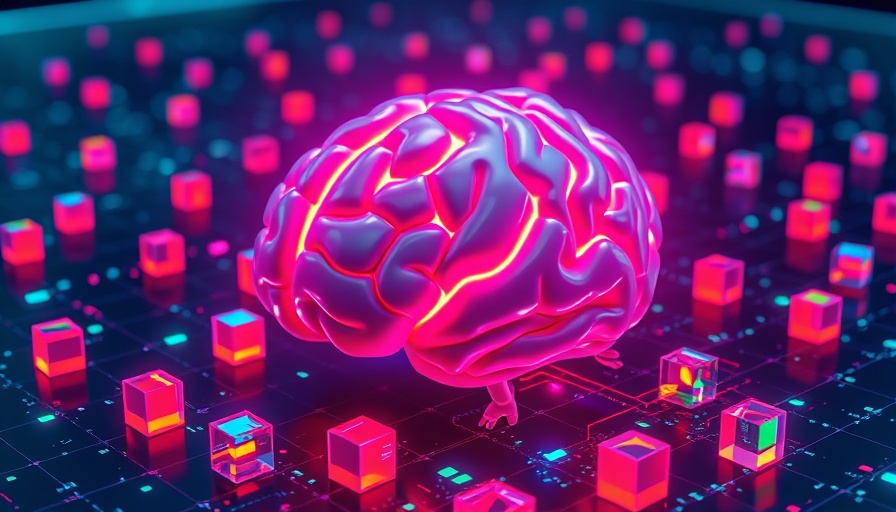
Understanding the Adoption of AI Agents in Today's Workforce
As businesses continue to embrace technological advancements, AI agents have emerged as a prominent tool in enhancing workplace productivity. A Stanford University study titled "Future of Work with AI Agents" reveals that while many professionals are open to utilizing AI for automating mundane tasks, their enthusiasm comes with significant caveats. Key factors like the nature of job roles and the extent to which AI allows for human agency play vital roles in this dynamic.
The Core Findings from Stanford's Study
Conducted with the input of 1,500 professionals, the study’s findings underscore a strong readiness among workers to adopt AI for low-stakes, repetitive tasks. Participants expressed a desire to shift their focus towards more engaging and meaningful work. This sentiment resonates strongly with the narrative often proposed by tech companies, which claim that AI can liberate employees from routine drudgery.
However, researchers pointed out "critical mismatches" between the tasks AI is currently used for—like software development—and the types of tasks that employees wish to automate. This disjunction highlights the need for a more tailored approach when implementing AI solutions in the workplace.
Human Agency and Its Importance
The study introduces the Human Agency Scale (HAS), which emphasizes that workers generally prefer retaining a high level of control over their tasks. Significant to this preference is the fear that AI could diminish their role or decision-making power. It is essential for businesses to navigate this landscape carefully, ensuring that employees feel their expertise and input remain valued.
Future Predictions for AI in the Workplace
As automation technology evolves, the landscape of work is expected to change dramatically. Studies suggest that while AI can handle repetitive tasks, the role of humans will shift to focus more on creative and strategic endeavors. Professionals might gravitate toward roles that require critical thinking, interpersonal skills, and emotional intelligence—areas where AI has yet to match human capabilities.
This transition could pave the way for new categories of jobs that prioritize human creativity, empathy, and complex problem-solving. Organizations willing to adapt and train their workforce accordingly will likely see increased productivity and employee satisfaction.
Impact on Productivity and Mental Well-being
Integrating AI tools into workplaces promises not only increased productivity but also improvements in mental health and work-life balance. By automating tedious tasks, employees may experience reduced stress levels, which can lead to better overall job satisfaction. However, for this to take shape, companies must acknowledge and actively address the anxieties that come with such technological shifts.
As the workplace transforms, it becomes imperative for organizations to foster an environment where humans and AI collaborate effectively, without compromising the quality of work or employee well-being.
Balancing Automation with Human Touch
While embracing technology is essential, it is equally important to maintain the human aspect of work. Professionals must guide AI’s integration into their workflows, ensuring it serves as a supplement rather than a replacement for their unique skills. The future of work isn't just about automation; it's about creating a synergistic relationship between technology and human expertise.
Final Thoughts: Embracing Change Wisely
The conversation around AI in the workplace is still in its early stages. Workers’ willingness to embrace automation presents both opportunities and challenges. Companies must tread cautiously, ensuring that human values remain at the forefront of integration efforts. By doing so, they will foster a more engaged, satisfied workforce that thrives alongside AI technology.
Ultimately, as industries evolve, the conversation must pivot to how we can best utilize these tools to enhance our work experiences. Companies that prioritize both employee input and technological innovation will be positioned for success in the ever-changing landscape of the future of work.
 Add Row
Add Row  Add
Add 




Write A Comment